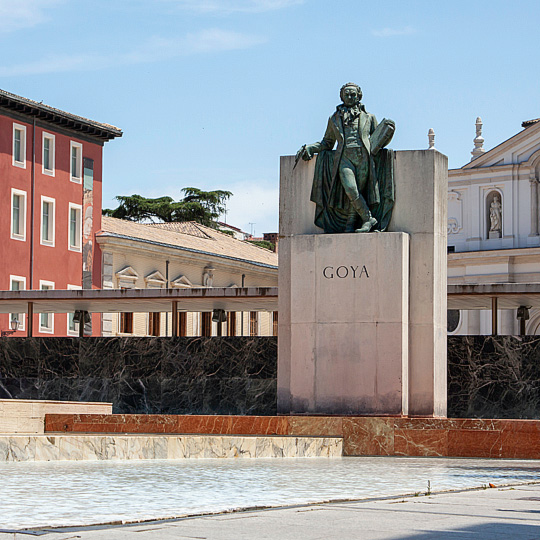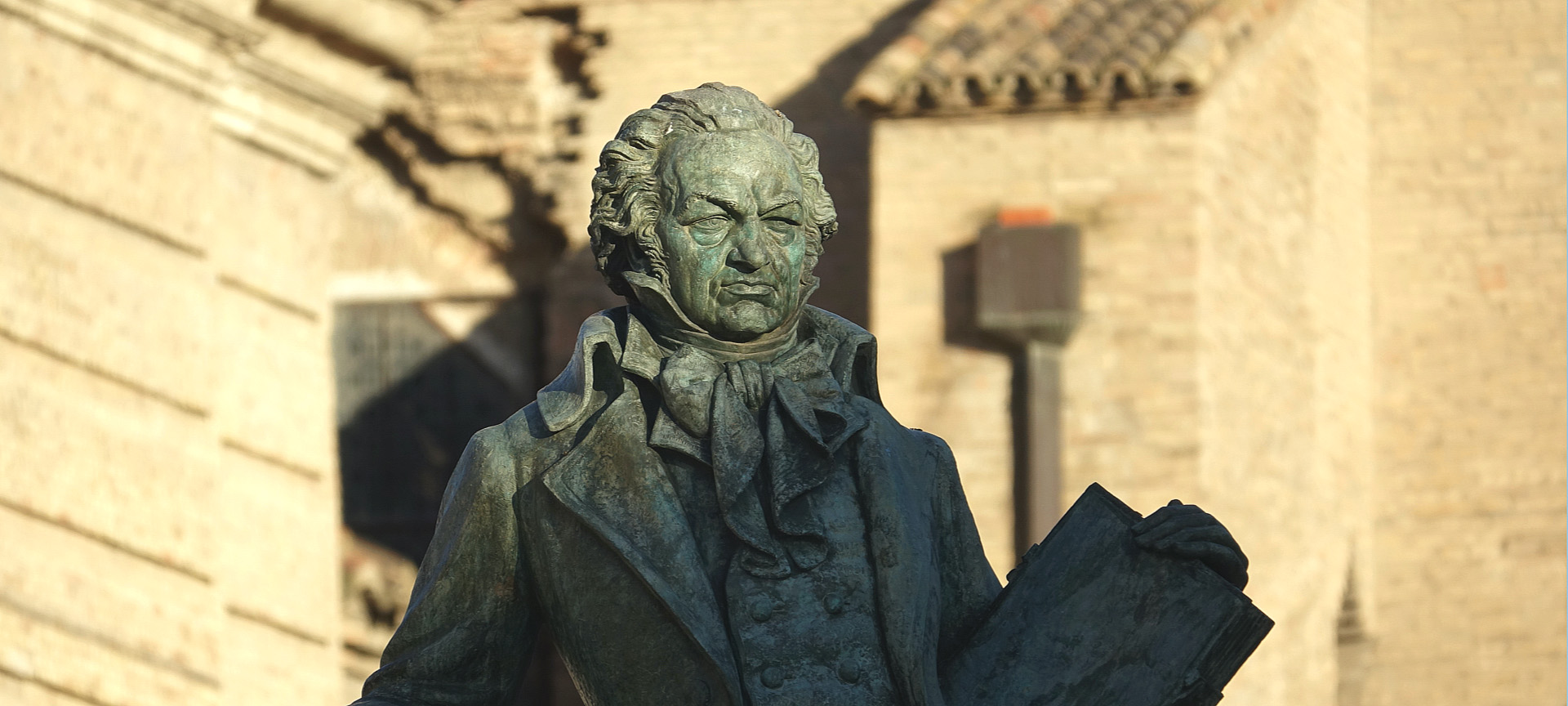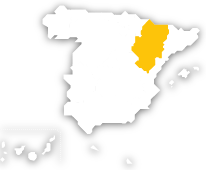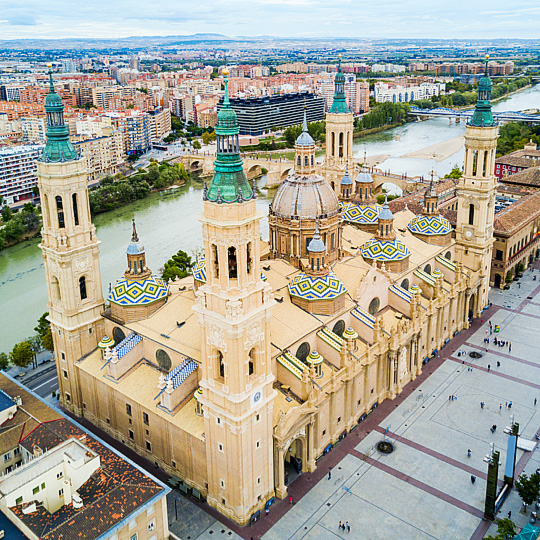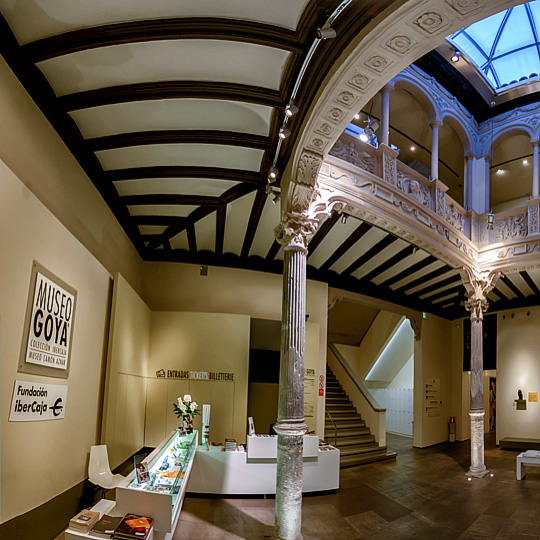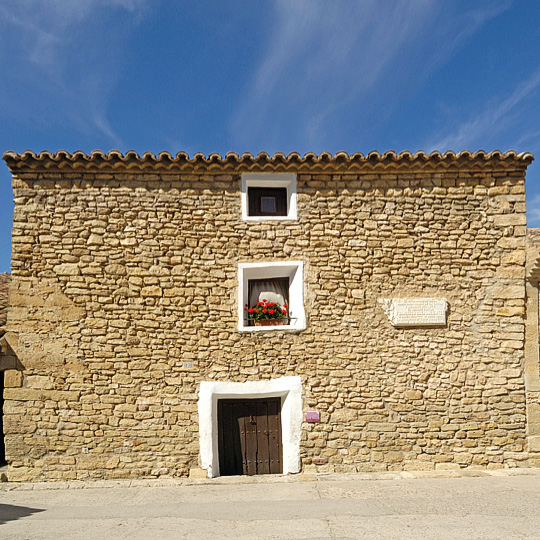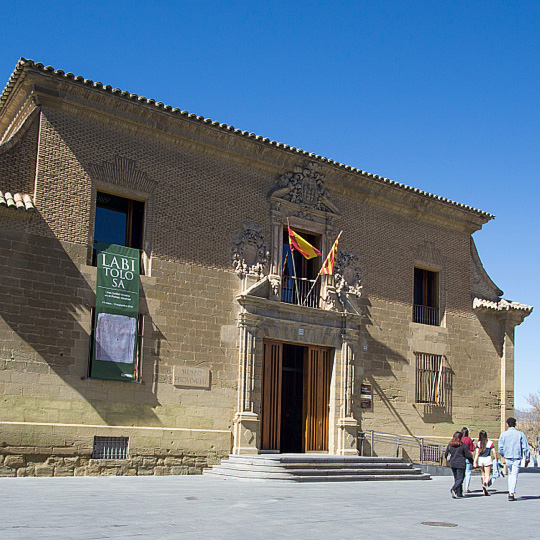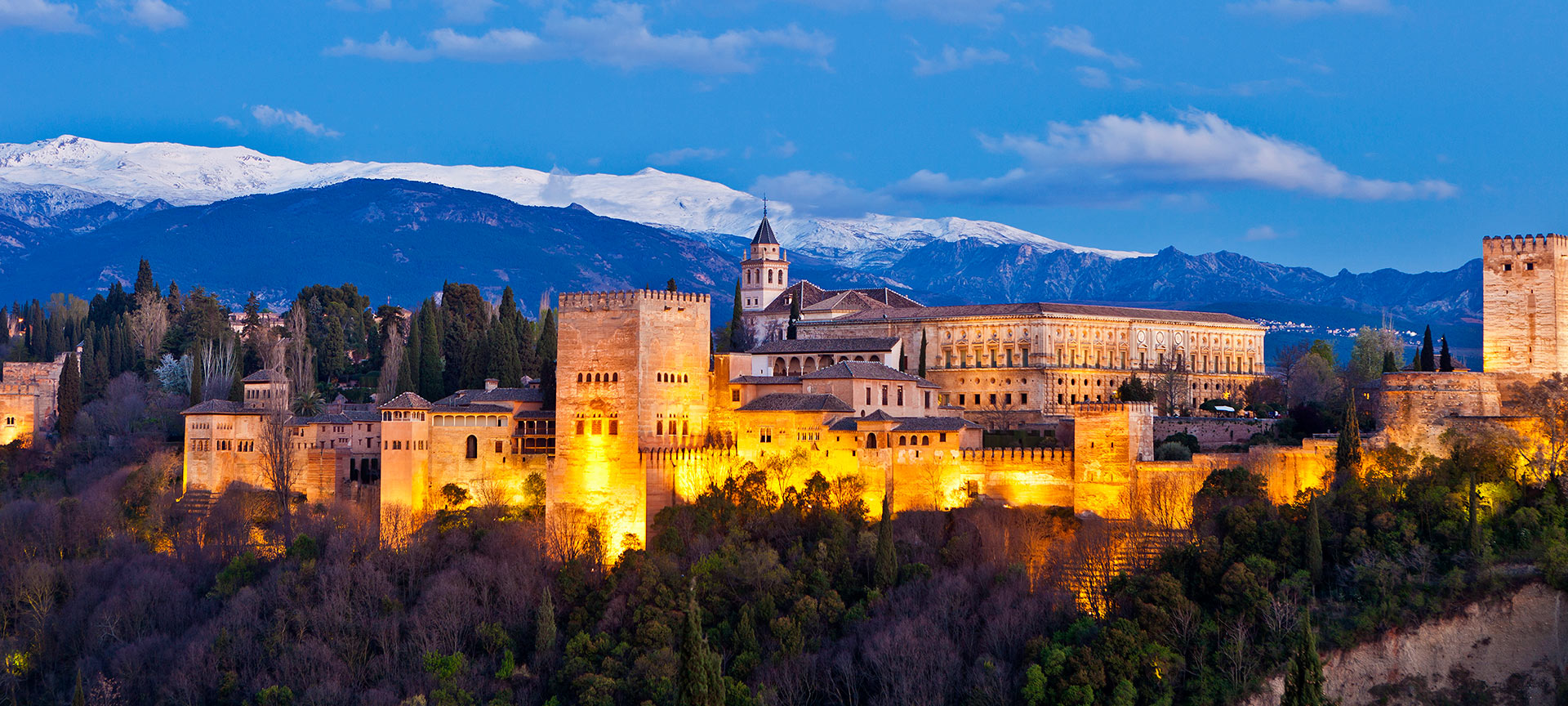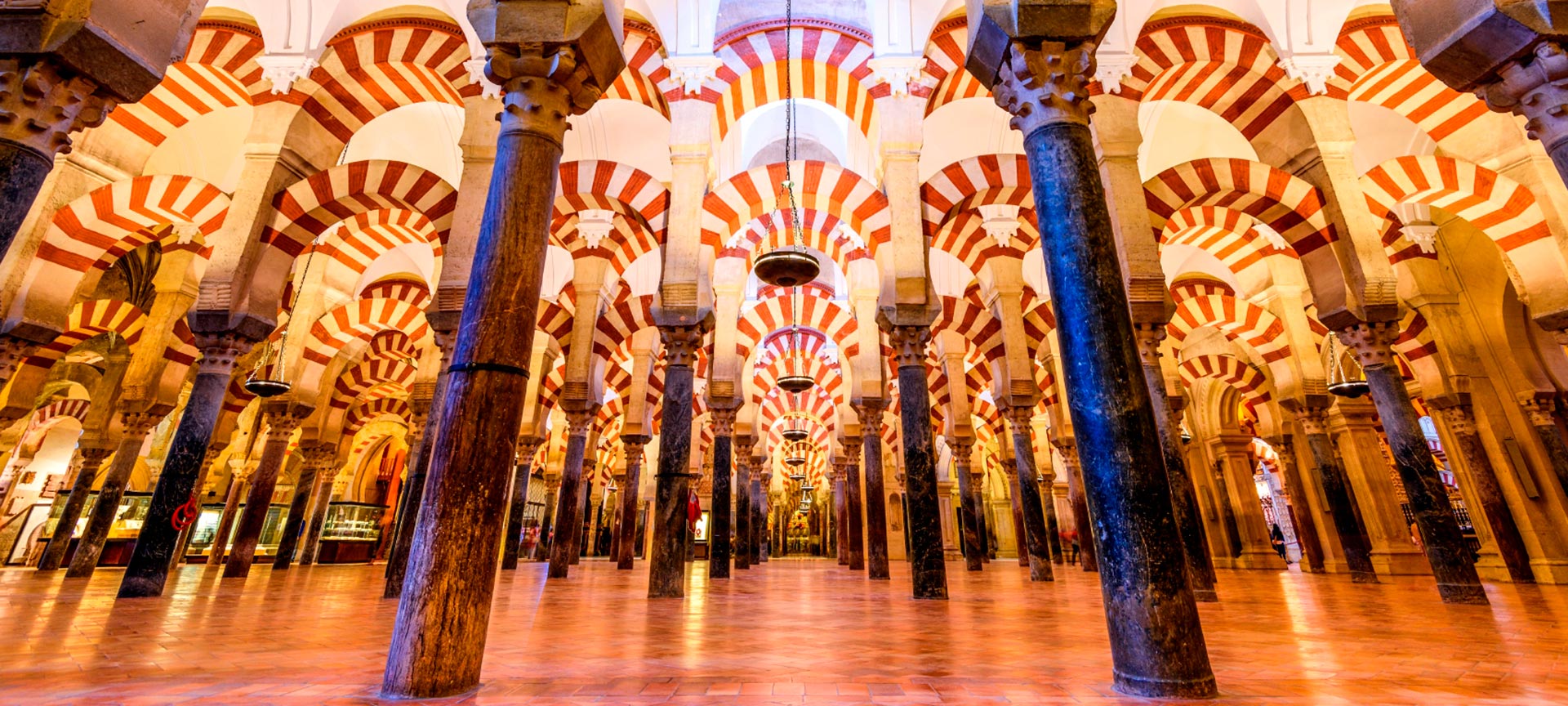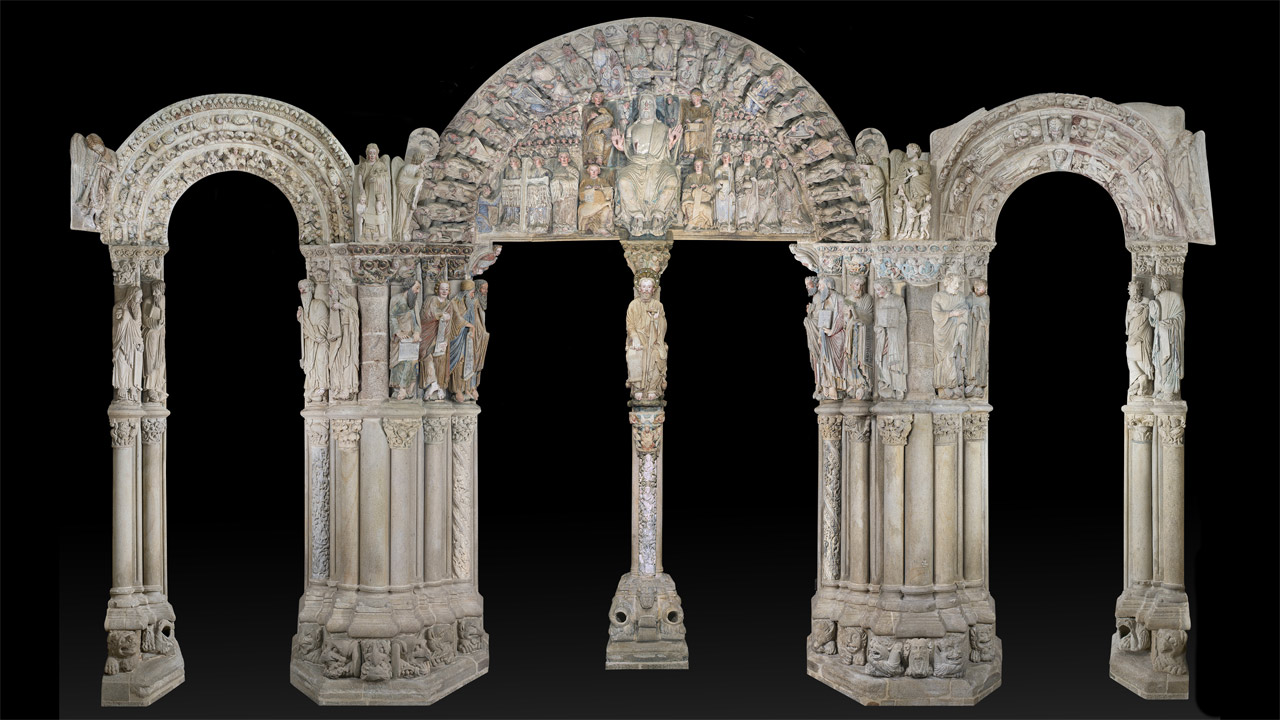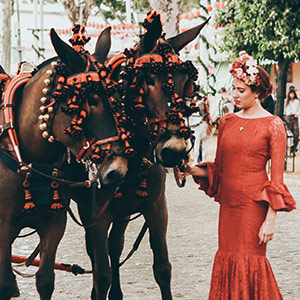The origins of a genius
Goya was born in 1746; he painted King Charles IV and the royal family, and captured historic events such as the Second of May Uprising in 1808 in Madrid, and gave free rein to his imagination in his famous black paintings. Today, Goya and his vast oeuvre are still studied in art schools in Spain and all over the world.While most of his most famous paintings are to be found in the Prado Museum in Madrid, on this occasion we invite you to discover Aragón, the region where he was born, grew up and created many of his works. It’s true that the artist travelled to many other places in Spain, and lived in other countries. But Zaragoza and other cities in Aragón reveal the legacy that the painter left behind. The Goya route through Aragón:
